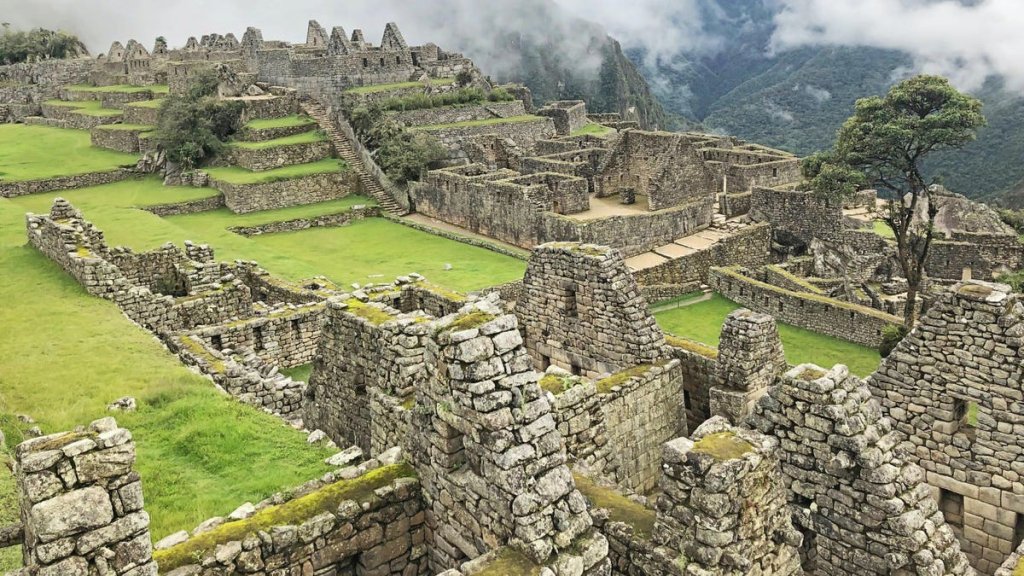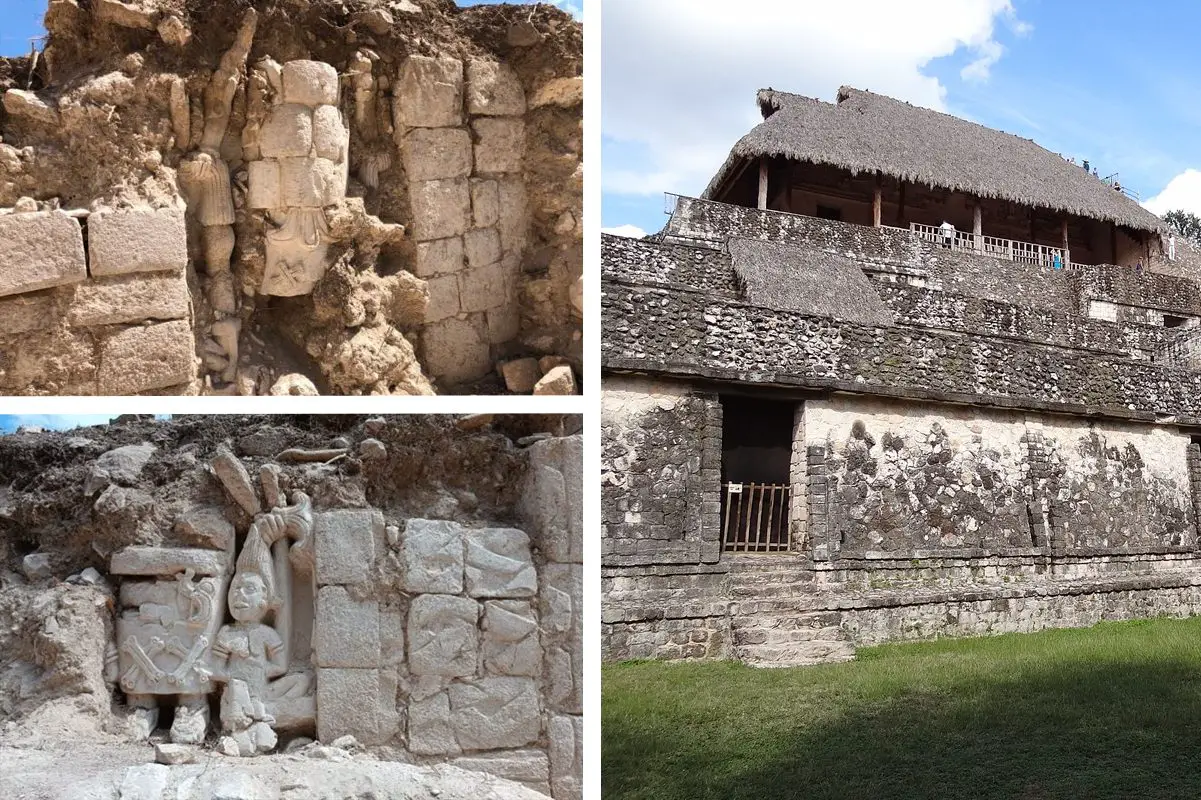Archaeologists conducting conservation and restoration works at Ekʼ Balam have discovered several architectural and ornamental features at the Royal Acropolis.

Ekʼ Balam is a Yucatec-Maya city within the municipality of Temozón, Yucatán, Mexico. The site was occupied from the Middle Preclassic through the Postclassic, although it ceased to thrive as a major city past the Late Classic.

Ekʼ Balam consists of 45 known structures surrounded by two concentric walls. It is theorised that the city was hastily abandoned during a period of strife and great conflict, which is supported by the discovery of a fourth wall inside the city which bisects the Great Plaza, suggesting that the wall was built as a last line of defence against invasion.

After the initial discovery of Ekʼ Balam in the late 1800s by archaeologist, Désiré Charnay, only the central core of the city has been excavated which has revealed plazas, raised platforms, temples, a bath complex, a ballcourt, and the Royal Acropolis which contains the tomb of Ukit Kan Leʼk Tokʼ, an important ruler in Ekʼ Balam who ruled from AD 770 to AD 797 or 802.
Conservation works at the Royal Acropolis by the National Institute of Anthropology and History (INAH), have uncovered several pieces of decorated architecture and ornamentation on the first and third platforms.
One of the pieces of ornamentation depicts a man carved in stone, who appears subdued with his arms tied behind his back. His hair is being pulled by another figure standing to his left, suggesting that the subdued figure is likely a warrior captured in battle.
Maya polities engaged in violent warfare for political control of people and resources. Some scholars have suggested that the capture of sacrificial victims was a driving force behind warfare.

Speaking to LaJornada Maya, Arturo Chab from INAH said: “In the Maya culture, structures were perfectly designed and decorated to represent mythological beings as well as flora and fauna that was extremely important to them”.
Src: heritagedaily.com








